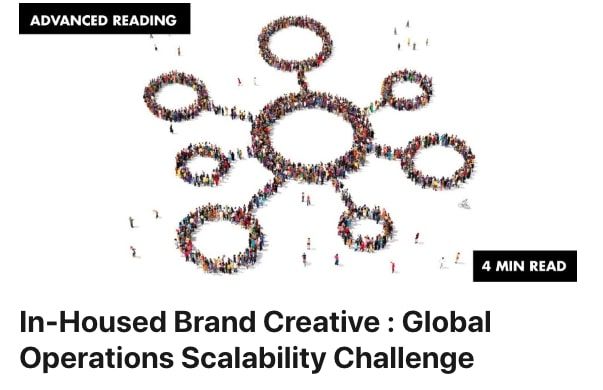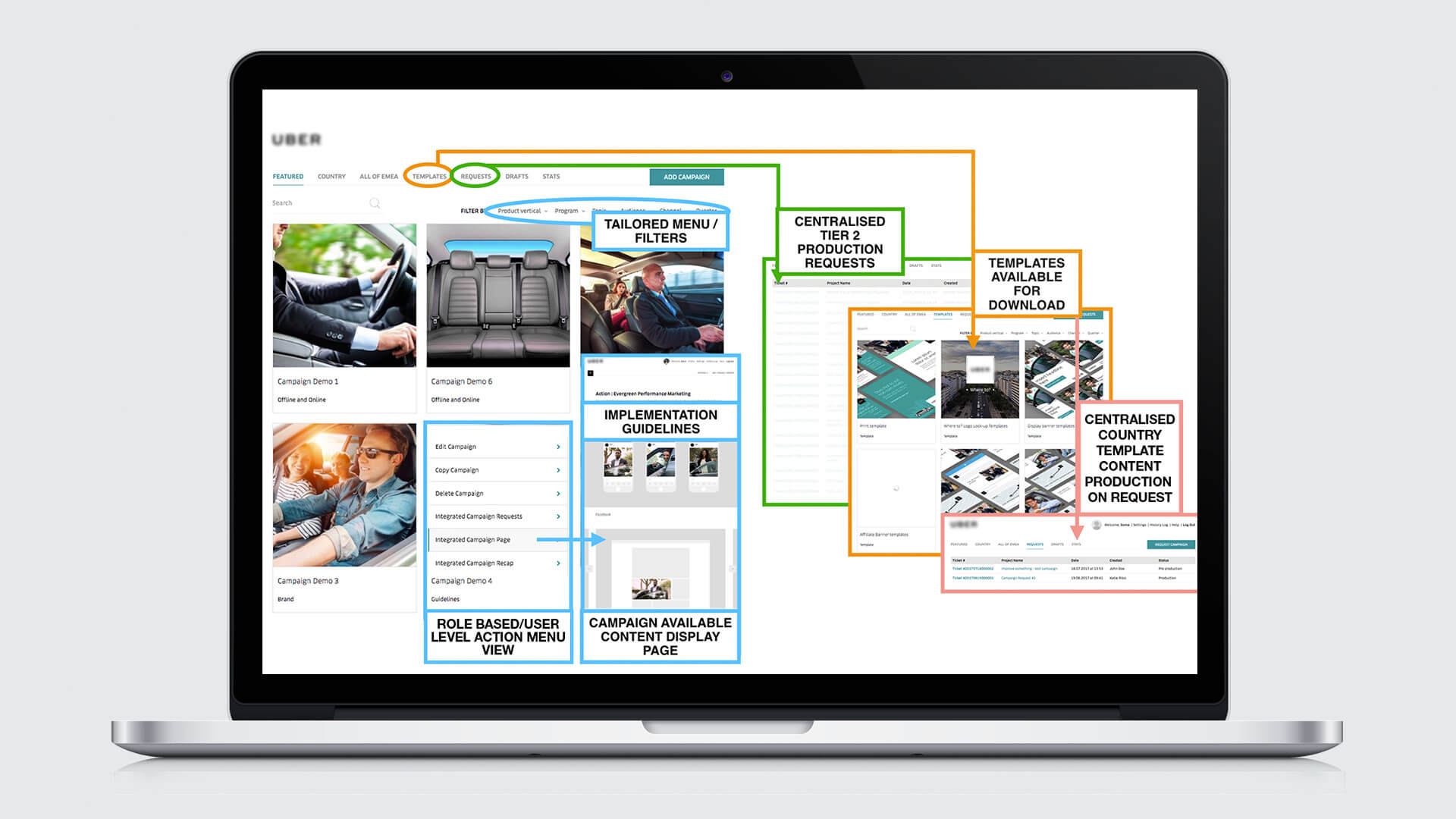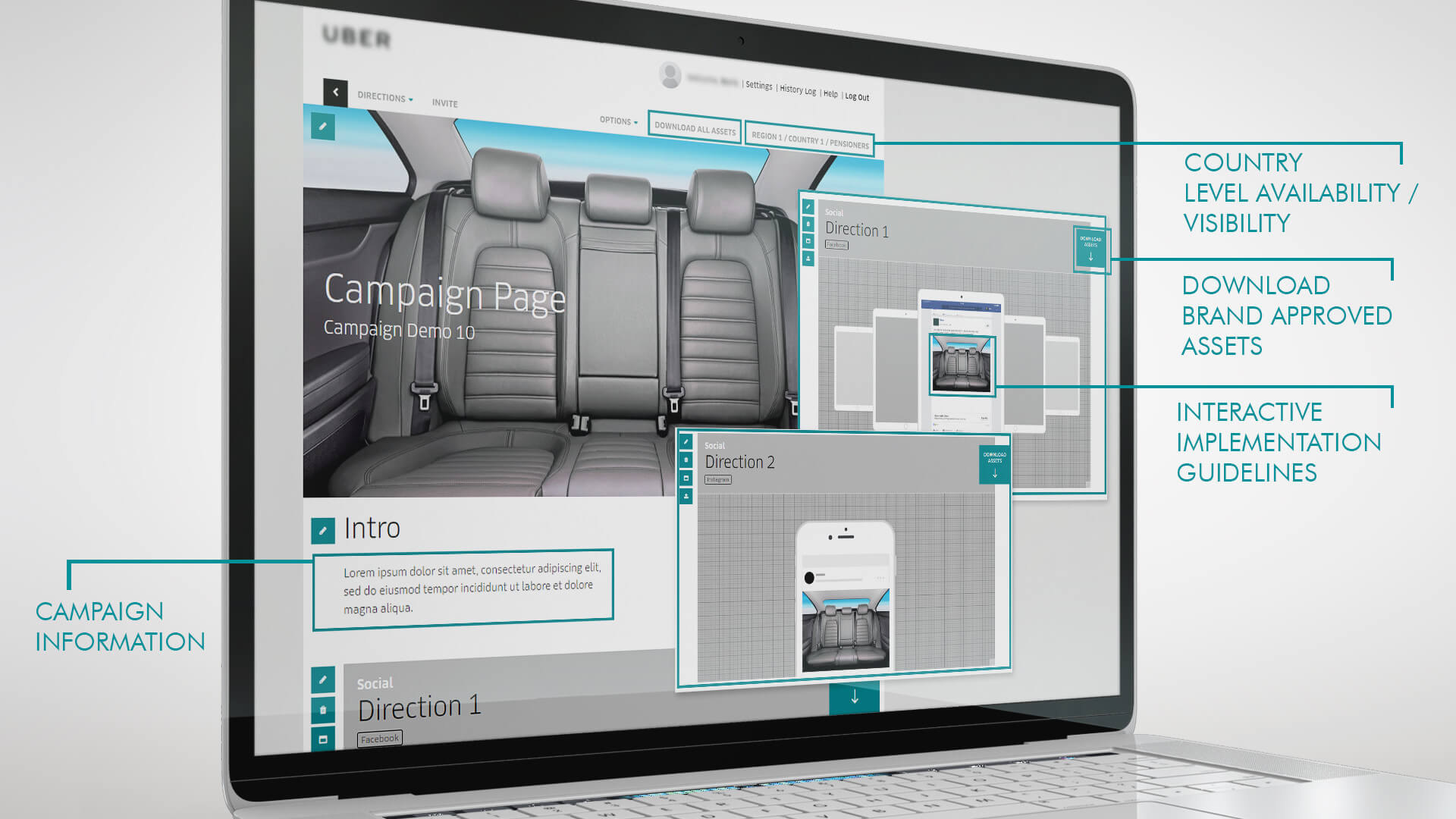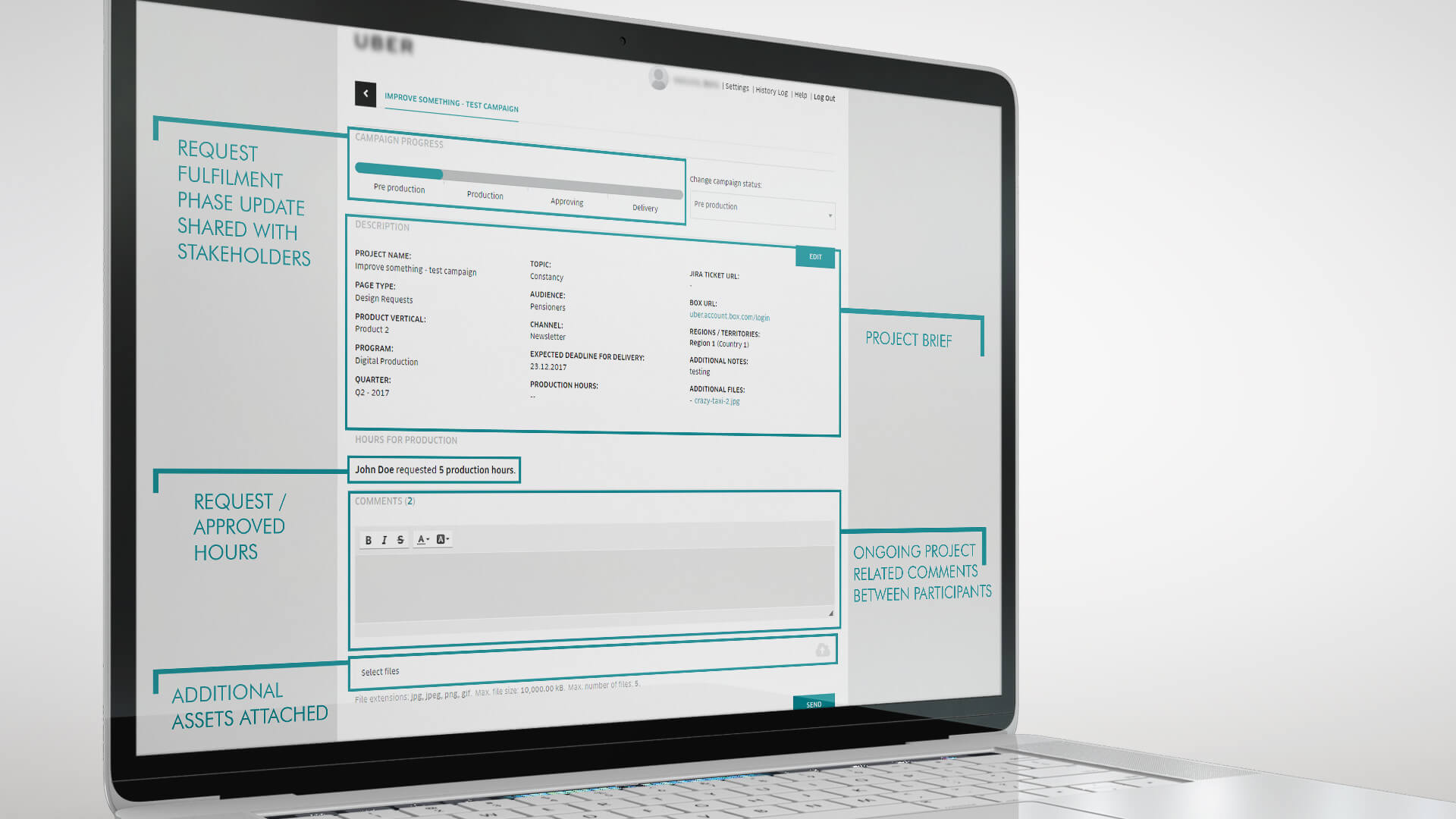We help brands drive internal capability, operational and executional improvements to achieve excellence in brand, creative and e-commerce strategy execution. Providing services and solutions across strategy management, internal enablement, capability building and executional support provision.
Flagship clients
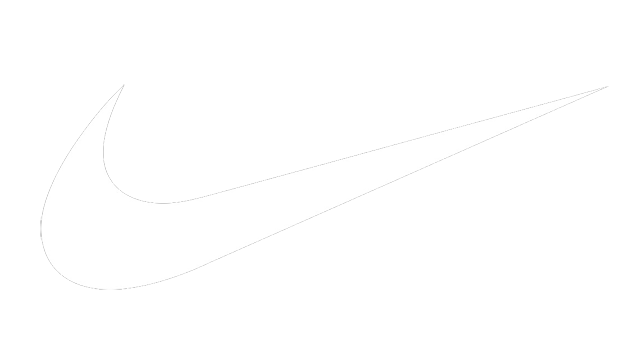 (EMEA) 14 markets
(EMEA) 14 markets
 (EMEA) 47 markets
(EMEA) 47 markets
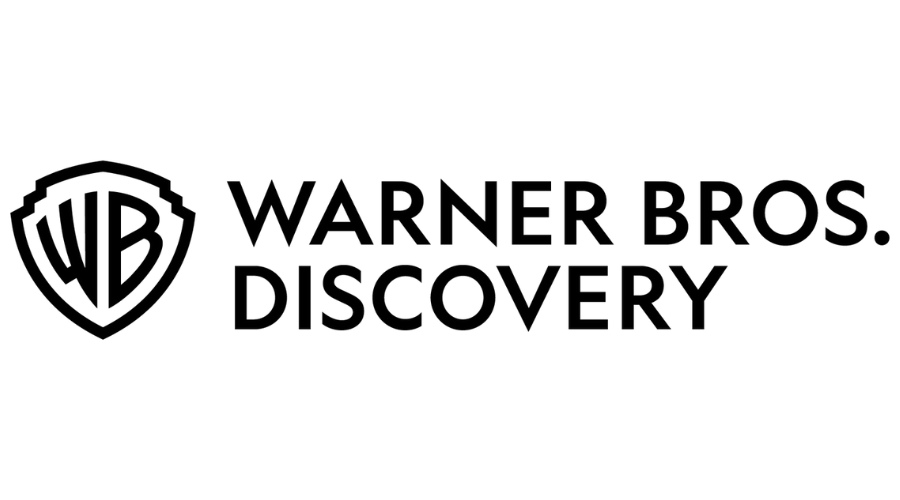 (EMEA) 17 markets
(EMEA) 17 markets
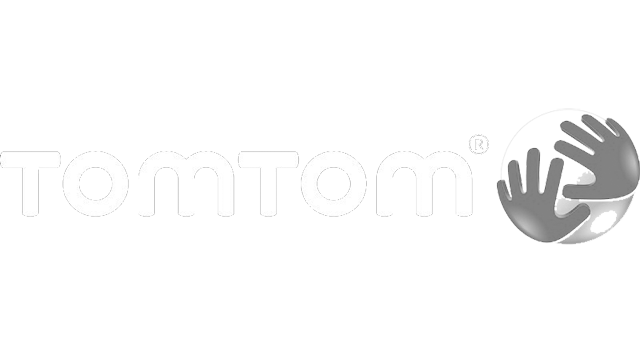 (WHQ)
(WHQ)
Marketing Environment Digital Change and Organisational Implications for Brand Management
- (Digital) Brand Management Centralisation
Managing brands over time is one of the biggest tasks and challenges of brand professionals. Environments in which brands exists - consumers and their habits, perceptions, values and mindsets are never idle. They are in continuous and perpetual change. Some are controlled such as changes imposed by marketing programs of brands themselves, which transform the consumer brand knowledge in certain, desired directions. Others are completely outside of brand managers/directors control as they are induced by external environment - other market players, competitors but also non-competitors which influence (our) consumers and (our) brand knowledge and expectations. One rule for modern branding is that brands can never stand still. Brands must constantly be moving and desirably moving forward. Looking at the element of time and managing brands over time, the main source of challenge is the pace of change. Due to digital, things are now changing faster than ever in the marketing or brand's environment and dimensions of change became not two or three, but multi-dimensional or betters said simply - digital. Maintaining consistency, while staying relevant in changing times is THE challenge for managing brands over time. Only bigger challenge than managing brands over time would be managing them, as well, over geographic boundaries and market segments with digital in play. And this only starts to describe the challenge of global brand management in a changing digital environment.
Centralisation - moving (digital) brand management from territories/local units to central or headquarter teams seems to have picked up the pace

Global brands, especially in FCMG and CPG, seemed to grew up as fans of the localisation strategy, Having a global portfolio of brands, establishing a brand hierarchy to satisfy different market segments and develop brand migration strategies to attract new customers while retaining existing ones localisation played a big role. Most if not all brand adaptations and translations were left to countries and territories as they were closest to the market and thus were able to respond best to their market needs. With rise of digital, however, even from just the level of corporate website, which are mostly managed and operated centrally, this - 'opposite' direction seems to have been acquiring pace, moving (digital) brand management from territories/local units to central or headquarter teams. The reasoning behind this 'wawe', which we observe as well with our HQ clients, is multi faceted. But, the common denominator is digital induced marketing environment change - its characteristics and both direct and indirect organisational implications. Namely, with digital as a channel there is, unlike say trade or retail brand management & marketing, ability to scale easily.
Namely, with digital as a channel there is, unlike say trade or retail brand management & marketing, ability to scale easily.
Scalability is a characteristic of a system, model or function that describes its capability to cope and perform well under an increased or expanding workload or scope. A system that scales well will be able to maintain or even increase its level of performance or efficiency even as it is tested by larger and larger operational demands. Business wise 'growth' means adding resources at the same rate that you’re adding revenue, while 'scaling' means adding revenue at a rapid rate while adding resources at an incremental rate. So, from economic perspective, movement of customers' attention to digital touchpoints and channels enabled scaling of digital brand management and digital brand marketing. A centrally run headquarter function or team could now easily scale - expand coverage of the number of countries with only incremental costs. Or with only incremental costs perform total global market level functions.
A centrally run headquarter function or team could now easily scale - expand coverage of the number of countries with only incremental costs.
Cost and efficiency gains from centrally managing digital brands were also one of the driving forces to increasing centralisation of brand management. Having a centrally assembled team that runs global operations saves both time and money budgets rather than having multiple national teams working with different vendors / agencies. It prevents duplication of work, and duplication of costs. Given that with digitisation of consumers' 'path to purchase' majority of brand touchpoints have standardised dimensions and formats they can be easily produced centrally, fitted with language adaptations and distributed from headquarters to countries in case they can't be employed centrally.
Cost and efficiency gains were also one of the driving forces of centralisation of digital brand management
Brand consistency on digital channels and digital brand touchpoints is another major gain. Often different countries would adapt certain brand campaigns differently while digital customers aren't stopped by country/national boarders. In those cases same digital consumer that just hops by a click from country to country website would be exposed to different brand creative, messaging and pricing. Looking at integrative and globalisation forces, eCommerce there seems to be no reason whatsoever to leave digital brand management and execution to local units. However, once centralised there are were new capability challenges for HQ teams.
Digital consumer that just hops by a click from country to country website would be exposed to different brand creative, messaging and pricing.
With speed of "Rise of Digital Brand Touchpoints" HQ teams are often under-capacitated to execute consistently across countries, partners, devices and dimensions. Formula for creating, executing and managing digital band expressions becomes exponential (Countries x Partners x Languages x Devices x Dimensions = Digital Brand Consistency) and this is the part that feels overwhelming for most teams.
HQ teams are often under-capacitated to execute consistently across countries, partners, devices and dimensions
- In-housing of Brand Creative Capabilities
Fast paced digitisation and digitalisation of marketing environment for global organisations created an urgent need for incubation or acquisition of digital capabilities. Even though initially digital brand and creative content capability gaps were bridged by extending agency rosters, this proved to be economically and operationally unsustainable model for majority of global brands. Fact that demand for content via digital channels was exploding, the only sustainable solution in the long-run was creation of in-house creative capabilities. Growing content needs meant growing in-house creative teams.
Growing content needs meant growing in-house creative teams.
Dawn of the "Era of In-housing" was discussed during a one-day in event focused on how to grow your in-house agency organised by "The Drum", a global media platform and the biggest marketing website in Europe. Over the past few years, many brands have been opting to go in-house with creative and media capabilities and among those who are reaping the benefits are Unilever who saved more than €500m (£430m) on marketing in 2018, as they take more content in-house. Driven by cost reasons, ushered in by Unilever, whose global in-housing move marked the redefinition of relationships with agencies worldwide, the in-housing movement picked up pace with Lego following suit, and many others like TUI, Verizon, Pepsi etc. A 2018 report of Association of National Advertisers (ANA), a marketing community in the United States, comprised of more than 1,100 leading companies, representing estimated 25,000 brands that collectively spend $400 billion in marketing and advertising each year, revealed that almost 80% of members have some form of in-house agency.
Creative directors, account managers, graphic designers — are spending time on tasks that are clearly operational, leaving less time for creative pursuits.

The study also found that the number has grown substantially over the past five years, with rapid increase in 2018. This is compared to 58 percent of marketers who took some form of advertising in-house in 2013, and 42 percent in 2008 — the last two times the survey was conducted. Around 45 % of respondents established their in-house agency within the past five years. So, within last 10 years, 68% have started an in-house agency, while 45% of those, has done that within last 5 years.
It’s not uncommon for a team of fewer than 10 creatives to support the demands of 50+ stakeholders in business with $500 million or more in revenue.
It’s no secret that many brands are benefiting from moving work in-house—it cuts agency fees and allows clients to more efficiently combine creative and business talent under one roof, However, such fast paced incubation of new capabilities, through acquisition of new people and formation of new departments, can't go without challenges of its own. Growing teams, means growing pains.
Growing workload isn't reflected in equally growing headcount.
"2017 In-House Creative Industry Report" published by Cella Consulting notes of growing accountability in-house team face, for brand they serve and companies they work for. With growing accountability comes an increased workload, but most of the respondents note that growing workload isn't reflected in equally growing headcount. As they were initiated mostly due to cost cutting reasons while valuing integration benefits, in-house creative teams are pressured by efficiency imperative. Small creative teams serve many stakeholders in performing important work. It’s not uncommon for a team of fewer than 10 creatives to support the demands of 50+ stakeholders in business with $500 million or more in revenue.

Creatives are putting out fires and doing not just creative work, but project management work, for which they are neither equipped nor signed up for.
It’s often the smaller in-house studios that are under pressure to complete a growing number of projects with the same amount of resources and budget. Being so close to the business, being part of the company, and having go-to-market speed as as imperative, brings another layer of challenges - perception of infinite internal resources, marketeer's request and last minute changes which take the toll both on resources and on morale. Heavy workloads and poor planning leads to stressed studio teams, which is exacerbated by improper digital enablement where heavy reliance on spreadsheets to manage projects and resources can result in more work for creative teams. Because of inadequate digital enablement of the newly founded team, definition and implementation of processes and standard operating creative procedures, creatives are mostly busy putting out fires and doing not just creative work, but project management work, for which they neither equipped nor signed up for. Inefficient tools are making more work for creative teams rather than streamlining the process. Creative team members — creative directors, account managers, graphic designers — are spending time on tasks that are clearly operational, leaving less time for creative pursuits.
Inadequate digital enablement of the newly founded teams, lack of definition and implementation of processes and standard operating creative procedures creates unsustainable workloads
Members of in-house creative teams say the biggest challenge they face is the speed at which they are expected to work, according to recent research from inMotionNow and InSource. The report was based on data from a survey of 400 professionals who work for in-house creative teams at brands. Respondents said the top challenges they face are keeping up with the speed of work and keeping up with the the volume of work. Problem is that standard operating procedures, workflows and systems are usually an afterthought and come into play when a creative services group’s volume of work is significantly increased, and so is its size. But if implemented early, these tools provide transparency, clarity of roles and responsibilities, automated support and efficiencies, resulting in increased productivity — and a stronger foundation to support growth.
Country Brand Content Request Streams : Gasping for Air
The interplay of (1) centralisation of digital brand management, (2) in-housing of brand creative capabilities and (3) inadequate digital enablement of new operational model where headquarter teams are now responsible for centralised creation, implementation & if needed distribution of brand content materials back to country level marketeers and/or retail partners has created a chaotic work environment where employee 'burnouts' are becoming more a matter of 'when' rather than 'if'. Digitally disabled brand creative teams are gasping for air.
Problem of brand creative content demand growth which outpaces the headcount growth is obvious by looking at reported average creative team sizes. Data from reports reveals that majority of brand creative in-house teams are fewer than 10 full time employees. For really big, global organisations and global brands those might climb to 25-30 team members. Very few rise above those numbers. Businesses are highly dependent on small creative teams that serve large and complex ecosystem of stakeholders.
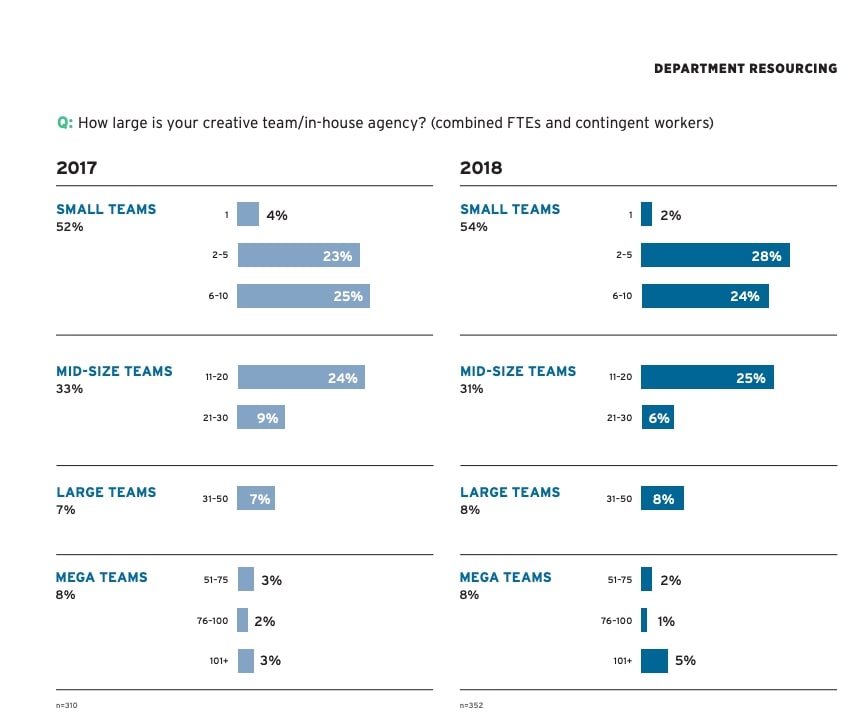
Aside of creative and brand excellence, procurement & brand creative supplier management, in-house brand creative teams are expected to fulfil roles of creative operations excellence and project delivery excellence. In-house brand creative team needs to lead global creative operations excellence - develop and governs the use of tools, platforms, processes, performance management approaches and other operational best practices designed to enable high-quality, timely, and cost-effective creative execution across countries. One of its roles is also to direct, project manages and executes the delivery of high-quality, timely, and cost-effective creative and content assets as needed at the corporate and product levels of the organisation. This is accomplished through both managing the in-house creative team and the company’s portfolio of 3rd-party suppliers.
Number, heterogeneity and frequency of country brand content demands create congestions and long waiting times.
Located at global or regional headquarters the mission of brand-creative in-house teams is to consolidate creative operations into a single creative centre of excellence that supports & guides local business units (countries) in brand creative campaign implementation. Country content request and country brand creative content implementation and adaptation requests if not systematised properly can cause havoc for internal in-house brand creative team's scheduling and put a major strain on already limited resources. With exponentially rising number of digital touchpoints, business process management technology unsupported global branding function and global brand campaign execution means only one thing : email chaos, asset chases, online conferences with marketeers across the globe and late nights at the office.
Number, heterogeneity and frequency of country brand content demands, coupled with insufficiently digitally enabled and comparatively small brand creative headquarter teams creates congestions and long waiting times. Long waiting times to central headquarter brand team's fulfilment of country brand content request also means team frustration, competitive infighting between headquarters and countries, but worst of all means missed market opportunities. The length and depth of the country brand content demand 'clog', if left untreated, can have serious negative to the whole organisation. Marketeers in countries are places where money is made and they will make sure they voice their dissatisfaction and challenge the organisational model set-up. Especially if the previous re-organisation towards headquarter fulfilment model has meant abdication of part of their local market authority and budgets.
Long waiting times to central headquarter brand team's fulfilment of country brand content request also means team frustration, competitive infighting between headquarters and countries, but worst of all means missed market opportunities
The problem lies in the fact that variety is a disabler of scalability. And to disable variety one needs to seek to standardise it. Standardisation is then prerequisite for scalability, which means that brand content country requests need to be standardised as much as possible. Once standardised and/or categorised both workflow demand and fulfilment steps need to be codified within tailored technology solutions that will enable scalability of market brand content requests handling.
The problem lies in the fact that variety is a disabler of scalability.
Scalability of Brand Content Requests and Global Brand Creative Operations Excellence
Due to touchpoint fragmentation, organisational executional complexity and heterogenous levels of brand talent availability across markets, brand implementation often is inconsistent and underperforming - leading to brand erosion. As small HQ teams serve large and heterogenous brand content demands from markets they experience operational brand execution & e-retail digital branding capacity and process gap where timely delivery and implementation according to brand direction becomes a constant challenge. As digital touchpoints exponentially outnumbered people and as traditional workflows became outdated, HQ in-house brand creative professionals lacking proper technology and talent resources become digitally disabled and set up to fail.
SO DIGITAL GLOBAL BRAND CONTENT EXCELLENCE PLATFORM helps in-house brand creative teams of global brands effectively mange the relationship with local business units in terms of creative brand direction, campaign content demand streams, local adaptation request and worldwide learning.
Scalable brand content country request handling was just one of many features of our solution implemented for the in-house brand creative team of UBER EMEA which was responsible for supporting growth marketeers in 47 countries.
- Aesthetics & Visibility
Campaign project details, brand content and brand creative implementation guidelines are merged together and made available within aesthetically pleasing and highly functional design context that enables quick access and visibility of available materials for download and implementation locally.
- Market Visibility & Country Content Systematisation
Our solution leverages technology to systematise and simplify market-by-market visibility and availability of brand approved campaign directives and brand content while providing scalable digital production support resources of principal partnership agency for tier 2, tier 3 content design execution and/or adaptation requests by markets / stakeholders.
- Merged Creative Direction & Campaign Launch Details
Campaign project details, brand content and brand creative implementation guidelines are merged together and made available within aesthetically pleasing and highly functional design context that enables quick access and visibility of available materials by countries and remote marketeer teams for download and implementation locally.
- Country - by - Country Access / View to Content
Country / user level specific view to the platform content ensures content access speed & relevance while having campaign creative guidelines sortable and visually presentable per multiple editable criteria cuts target campaign search time.
- Easily Accessible Campaign & Campaign Directives Overview and Management
Unlike DAM solutions whose structural logic stems from individual asset / file management, SO DIGITAL BRAND CONTENT EXCELLENCE usage architecture resides on campaigns and campaign directives management, within which individual assets are made available for download. Management of campaign directives & campaigns and not assets.
- Digitisation of Workflows between InHouse Creative Team and Principal Partnership Agency
Functional operations with client/stakeholders and principal partner agency are completely digitised and translated to platform interface which enables data driven learning and continuous improvement of creative operations.
- Both Supply & Demand Digital Structure = Creative Operations Scalability
As platform introduces structure both on the content supply side and content demand side, creative in house teams are relieved from repetitive communication and operational project administration tasks can provide scalable creative brand excellence support as a foundation for brand growth.
Execution, Not Strategy, Separates Leaders from Laggards. Leverage our platform to create organisational simplicity and deliver speed and efficiency in execution across markets. Align inside to win outside.
Brand management is in itself complex, should your organisational execution increase or decrease this complexity? Simplify global brand operations - use a single point of contact and engagement for all phases of brand campaign execution. Make your day-to-day operations and workflows SO SIMPLE, SO EASY, SO FAST - SO DIGITAL
Contact us today for a no-commitment walk through of SO DIGITAL platform solutions implemented for clients like Nike EMEA and Uber EMEA.
-----------------------------------------------------------------------------------------------------------
References :
Remedy : "Why brand guardianship matters more than ever" http://netlawmedia.com/Reports/Remedy_brand_guardianship.pdf
Andrew Vesey, Brand Quarterly, "Protecting Your Brand – Even From Yourself" http://www.brandquarterly.com/protecting-your-brand-even-from-yourself
Lucia Peters, Bustle, An Uber India Promotion For Wife Appreciation Day Just Backfired Spectacularly With A Sexist Message" https://www.bustle.com/p/uber-india-promotion-for-wife-appreciation-day-just-backfired-spectacularly-with-a-sexist-message-2423392
The BOSS Group and Cella Consulting, LLC. 2018 In-House Creative Industry Report, May 2018.
